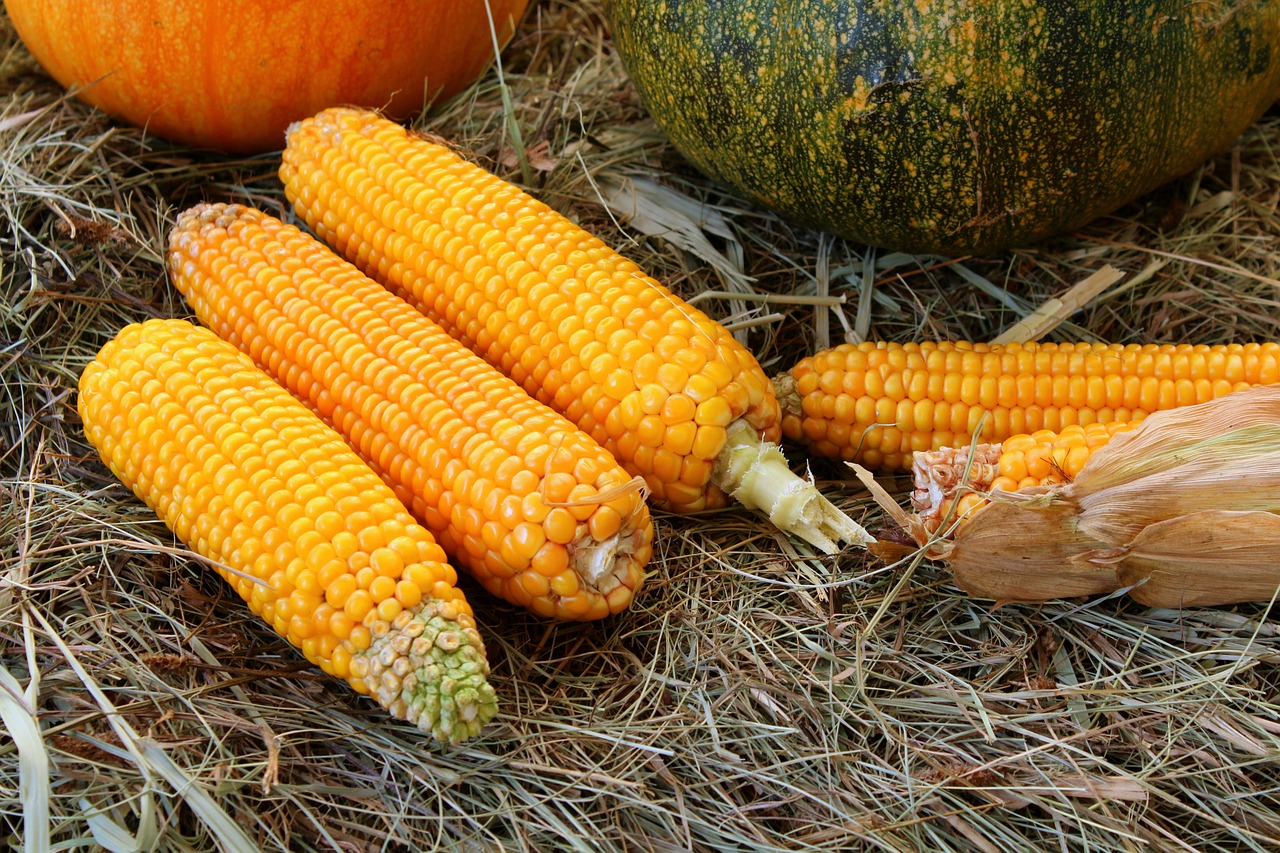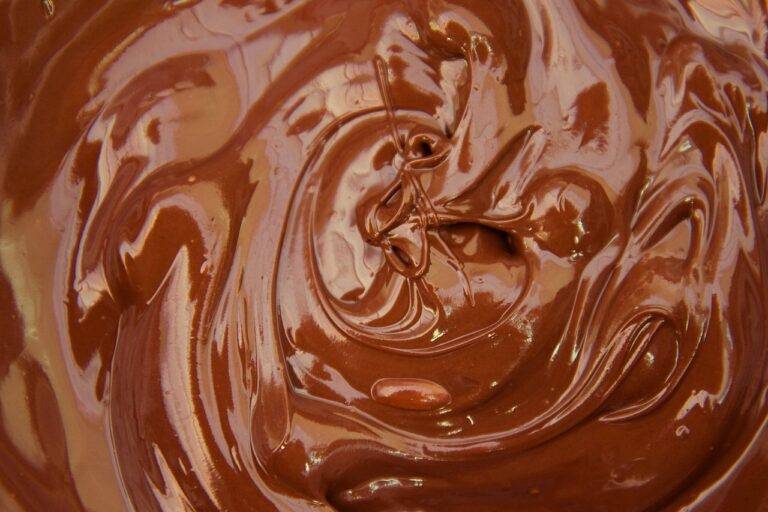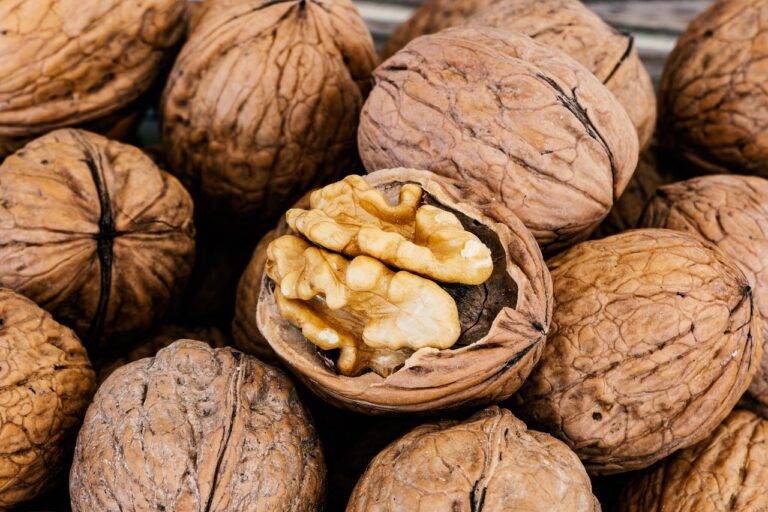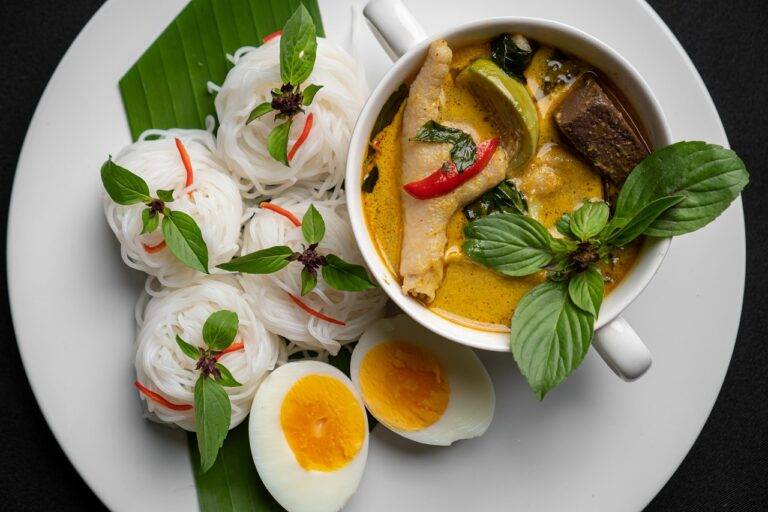The Art of Food Carving: Transforming Ingredients into Edible Works of Art.
Food carving, also known as culinary art, has a rich history dating back centuries. Originating as a form of presentation for the wealthy and elite, intricate food carvings were often created for elaborate banquets and royal feasts. Early food carvings were primarily made from fruits and vegetables, with skilled artisans turning simple produce into intricate designs to impress guests and showcase culinary prowess.
Over time, food carving evolved beyond mere presentation and became a way to communicate cultural values and artistic expressions. Different cultures around the world developed their own unique styles and techniques of food carving, using tools such as knives, chisels, and sculpting tools to transform ordinary ingredients into exquisite edible artworks. From delicate floral designs in Japanese cuisine to intricate animal shapes in Thai traditions, food carving continues to be a celebrated art form that merges creativity with culinary expertise.
Different Techniques Used in Food Carving
When it comes to food carving, there are a variety of techniques that skilled chefs and artists employ to create intricate designs and sculptures out of fruits, vegetables, and other edible ingredients. One common technique is known as “chip carving,” where small, precise cuts are made to create intricate patterns and designs on the surface of the food item. This technique requires a steady hand and attention to detail to achieve precise and intricate carvings.
Another popular technique used in food carving is called “relief carving,” which involves carving intricate designs into the surface of the food item to create a 3-dimensional effect. This technique is often used to create elaborate decorations on items such as watermelons, pumpkins, and other large fruits and vegetables. Relief carving requires skill and patience, as the artist must carefully carve away layers of the food item to create the desired design.
What is the history of food carving?
Food carving has been around for centuries and can be traced back to ancient civilizations such as Egypt, China, and Japan. It was often used as a way to showcase wealth and status through elaborate food displays.
What are some different techniques used in food carving?
Some common techniques used in food carving include vegetable carving, fruit carving, butter sculpting, and ice carving. Each technique requires different tools and skills to create intricate and detailed designs.
What tools are typically used in food carving?
Tools commonly used in food carving include paring knives, carving knives, melon ballers, vegetable peelers, and sculpting tools. These tools are used to carefully carve, sculpt, and shape various foods into decorative designs.
Is food carving considered an art form?
Yes, food carving is considered an art form as it requires creativity, precision, and skill to transform simple ingredients into visually stunning masterpieces. Many professional chefs and artists specialize in food carving as a form of expression and creativity.





